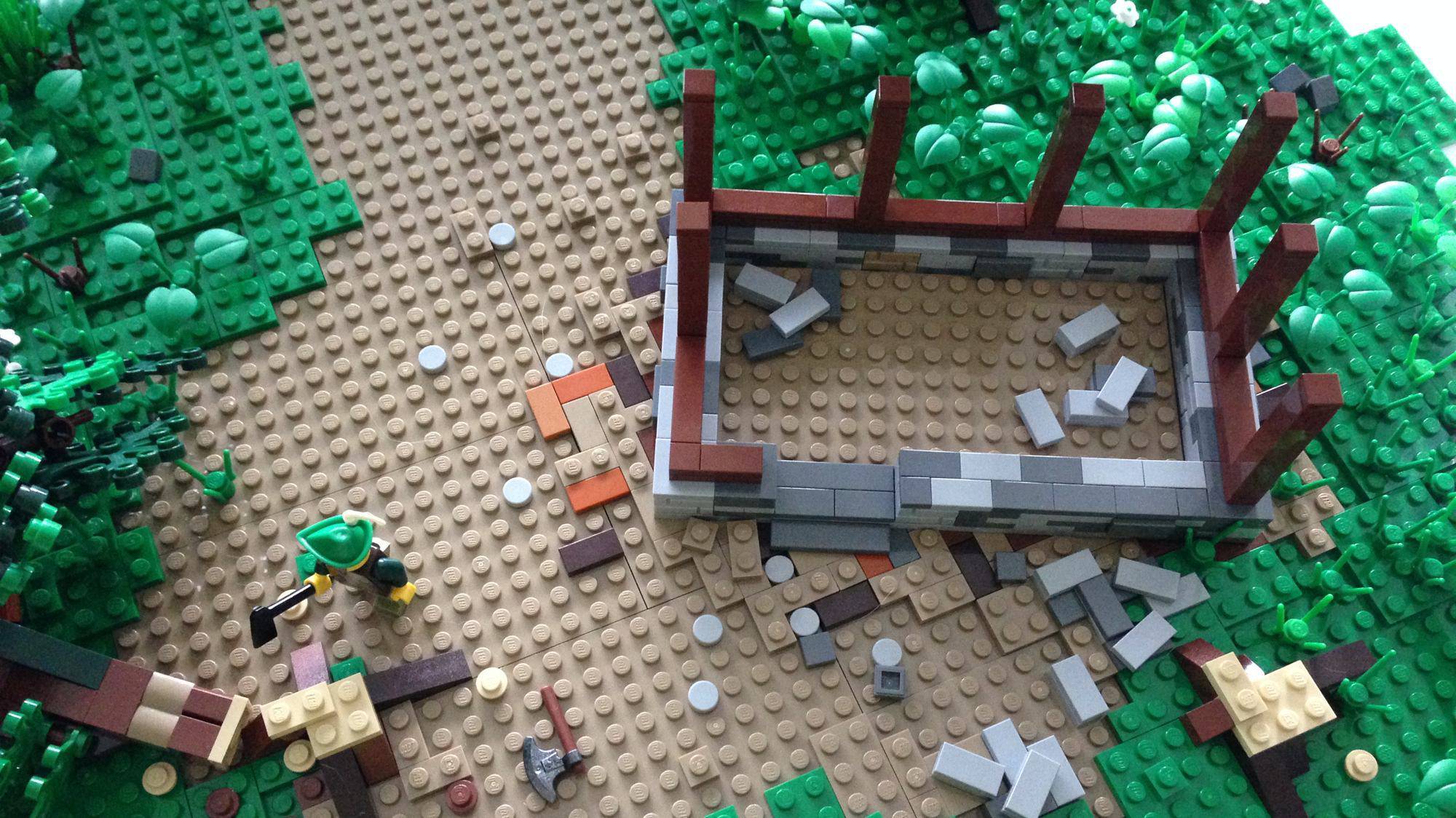When I was on the WP Elevation podcast in late February, host Troy asked about how I structure estimates, and I said that they are basically a long-form sales page.
What on earth does that mean though?
Today I’m going to share my basic estimate structure with you.
Before you write
One of the most crucial things for me when writing an estimate is knowing that my services will improve the life of my prospect.
When preparing an estimate, you also need to ask yourself these 3 questions:
- What do you want them to know?
- What do you want them to feel?
- What do you want them to do?
If you’re struggling with answers to those questions, I wrote out some answers you can use to prompt yourself.
Section 1
The whole goal of Section One is to describe the problem your client has. When they’re done reading your estimate they should be just a bit squirmy because they feel their problem as they read.
It’s all about getting them to buy into the problem again and it shows that you understand how crucial the problem is to their business.
Section 2
This is where you describe your solution to their problem. You’ve spent a bunch of time talking about how painful it is so tell them what it will look like after you’ve solved the problem.
This is where you get all daisies and roses. Make them envision experiencing the solution and how awesome it will be. How their business will change.
Here is where you talk about their return on investment as well, so you can anchor them on pricing since your price is going to be something much less than their ROI.
Section 3
Now that you’ve got them invested in the problem, you’ve told them how you’re going to solve it, and anchored them on the ROI they’ll get, it’s time to talk about your price.
Don’t forget to put in pricing options here. By giving them pricing options for your service, instead of choosing between you and someone else, the prospect’s decision is now which one of your options they want to go with.
You should know their budget already and that’s about where your middle option should fall. It should include everything they really need but maybe not the few things that fell in to their ‘dreams’ when you talked.
Put the ‘dreams’ in the top pricing tier which will be above their budget. Even add a few things here that they didn’t think of but you think would be a good add-on to the project.
Section 4
Finally, once they’ve read all the fun stuff above, you can hit them with the legal stuff. In 17Hats the prospect doesn’t actually see the contract until after they’ve accepted the estimate. My contract is actually super fun anyway, so it’s not hard to read. Seriously, I’ve had clients actually choose me because the contract made them laugh and they figured that someone with that type of contract is the type of person they want to meet with.
Go forth
Now that you’ve got the estimate structure down, it’s time to start using it. If you’re looking for great information on how to write long-form sales pages look no further than Copy Hackers.
Let me know how the structure works for you.
photo credit: tijger-san cc
